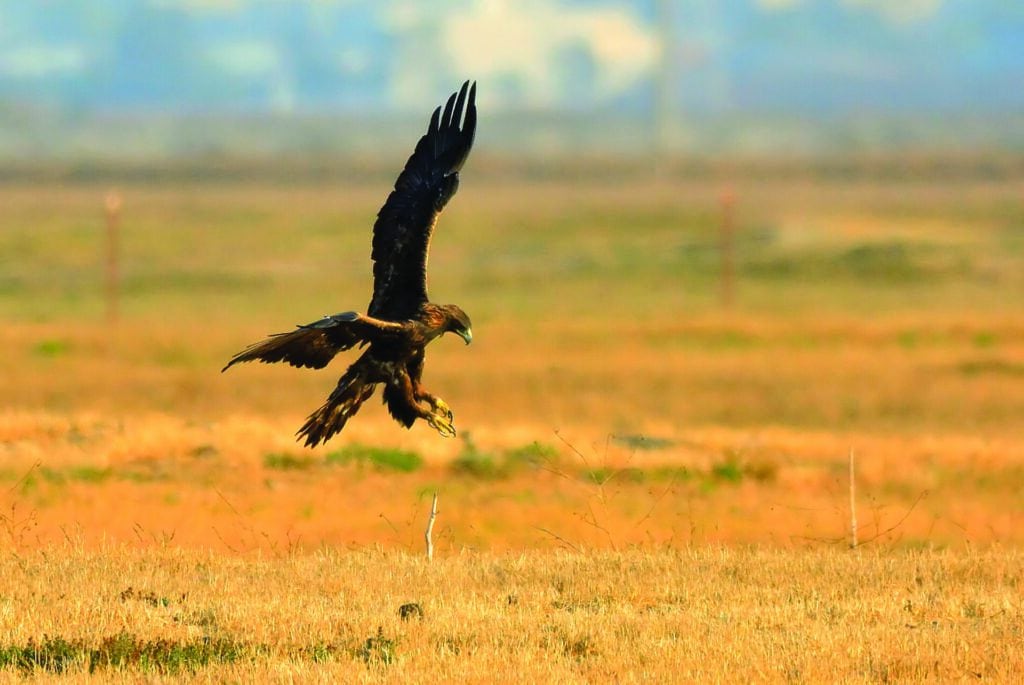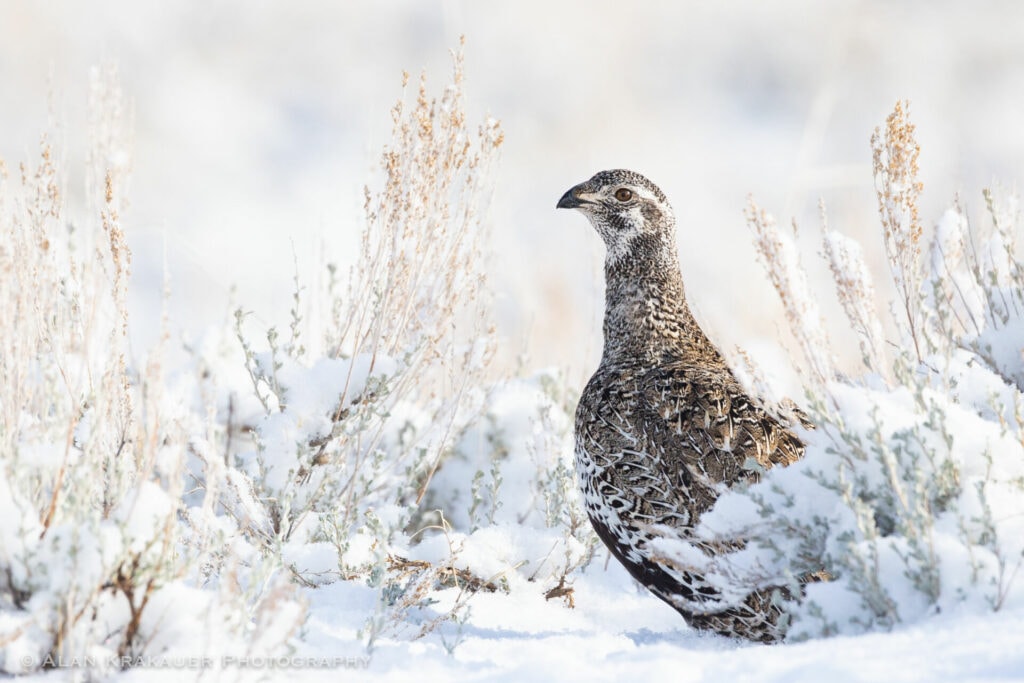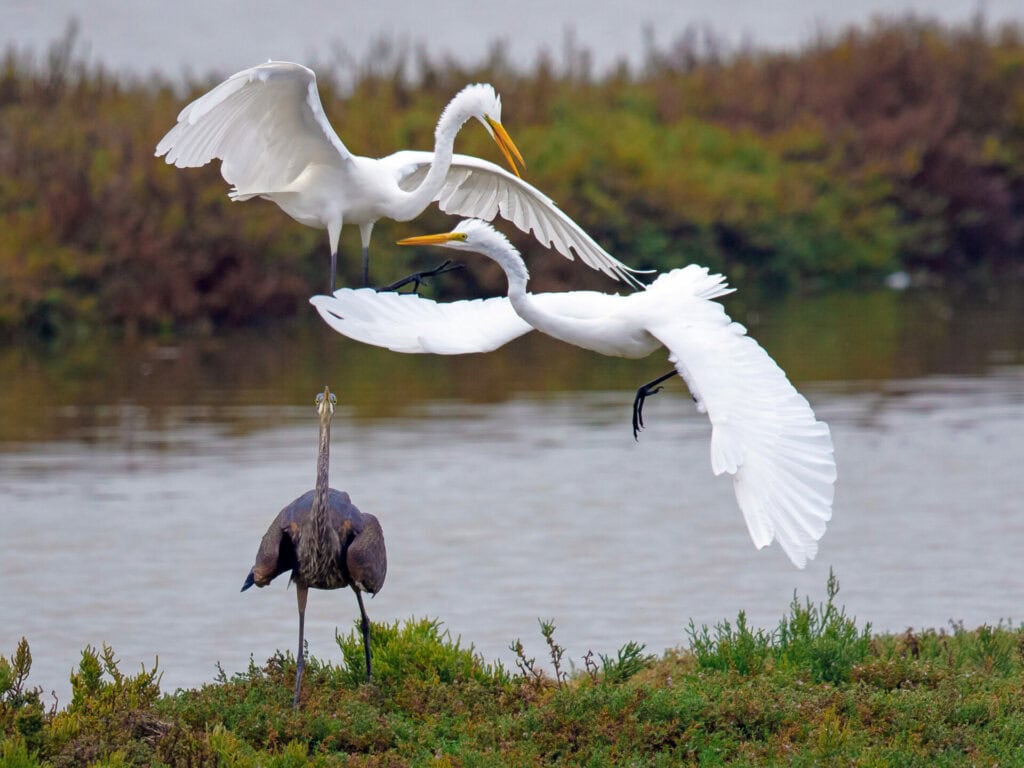Defend These Federal Agencies, Defend Our Birds.
By Sam Zuckerman
The Trump administration is taking aim at federal agencies that do the vital work of protecting birds. The sanctuaries where bird populations thrive—national parks and forests, wildlife refuges, and other federally managed lands—are being starved of staff and resources. Federal programs that carry out scientific research and wildlife management are in budget cutters’ crosshairs. All this puts the nation’s oceans, rivers, wetlands, and forests at risk, potentially destroying habitat birds depend on.
Over the past century, the federal government has become the dominant force in protecting wildlife. This post serves as a guide to what we can do to defend the federal agencies—and the people working in them—that work to keep bird populations healthy.
Here are the principal agencies that perform this mission:

- The U.S. Fish and Wildlife Service (USFWS) manages national wildlife refuges, administers the Endangered Species Act, Bald and Golden Eagle Protection Act, and the Migratory Bird Treaty Act among its many research and conservation programs.
- The National Park Service’s (NPS) Biological Resources Division runs a range of wildlife management and conservation programs, such as the California Condor Recovery Program at Pinnacles National Park near Hollister.
- The U.S. Forest Service (USFS) houses the Watershed, Fish, Wildlife, Air and Rare Plants Program, the Threatened, Endangered and Sensitive Species Program, and is a steward of national forest wilderness areas, such as Desolation Wilderness near Lake Tahoe.

- The Bureau of Land Management (BLM) manages more bird habitat than any other federal agency and works to protect sensitive species, such as the Greater Sage Grouse, through its Division of Fish and Wildlife Conservation.
- The Environmental Protection Agency EPA) enforces federal laws mandating clean air and water and has a long history of protecting wildlife, such as its 1972 ban of the pesticide DDT, which led to the recovery of Bald Eagle and Peregrine Falcon populations.
- The U.S. Geological Survey (USGS), through its Ecosystems Mission Area program, conducts research in areas such as invasive species and the biological effects of climate change, and provides scientific support to federal wildlife agencies.
- The National Oceanic and Atmospheric Administration (NOAA) supervises wetlands restoration in cooperation with the U.S. Fish and Wildlife Service, and is the lead agency in the National Seabird Program, protecting species from fishing industry bycatch hazard
THE THREAT
Immediately after taking office, the Trump administration issued a blizzard of orders freezing grants for some 2,600 federal programs and firing staff throughout the government. For example, USFWS coastal wetlands conservation and migratory bird programs were among those ordered to halt disbursement of federal funds. The Department of Government Efficiency, led by Elon Musk, fired about 280,000 federal probationary and other employees through the beginning of April, according to the staffing firm Challenger, Gray & Christmas. These included roughly 1,000 NPS employees, 3,400 at the USFS, 800 at the BLM, and 420 at the USFWS. At Point Reyes National Seashore, for example, two employees lost their jobs.

In many instances, federal courts blocked these orders to slash the government by decree. Some of those orders were later overturned by higher courts. The administration’s secrecy and the yo-yo effect of contradictory court rulings make it hard to come up with an accurate accounting of job losses. But agencies are also losing employees through retirements and buyouts, including an estimated 550 USFWS staff.
Employee and conservation groups emphasize that, as bad as the pain inflicted so far has been, the gravest threats lie ahead. The Trump team has called on wildlife, conservation, and parks agencies to develop plans for deep budget and staff reductions. The NPS, for example, has been ordered to develop a restructuring plan that would reduce payroll by about 30 percent. “That’s looming and on everybody’s mind. Everybody is waiting for the shoe to drop,” Association of National Park Rangers Executive Director Bill Wade told Golden Gate Bird Alliance (GGBA).
Conservation groups warn that cuts so draconian would mean overflowing toilets, piles of garbage, dilapidated boardwalks, overgrown trails, looting, vandalism—and eventually restricted access and closures—at hotspots birders flock to.

Wildlife refuges are the most vulnerable. The refuge system was already reeling from a staffing decline of 30 percent over the past 15 years. There’s no room for further cutbacks. In the Bay Area, the USFWS manages seven refuges, including Don Edwards near Fremont, San Pablo west of Vallejo, and the Farallon Islands 30 miles offshore. The USFWS also runs conservation projects, such as the successful effort to restore the Common Murre colony at Devil’s Slide following an oil spill.
At local refuges, maintenance and visitors services staff have already been slashed, with no more than one or two employees remaining in each of these areas, according to those familiar with the refuge system. The service has also lost scientists and may no longer be able to support a permanent presence on the Farallons.
WHAT WE CAN DO
The good news is that wildlife groups are mobilizing to fight this agenda. Defenders of Wildlife has created a five-point Activist Toolkit that urges concerned people to communicate on social media, attend a town hall, call or write members of Congress, and write letters to the editor.
Appeals to the Trump administration fall on deaf ears. Wildlife groups stress the focus must be on Congress. National Audubon Society’s online Action Center offers a draft letter to congressional representatives that can be customized as needed, as well as a petition calling for continuation of efforts to combat climate change.
It’s important to reach out to both Democrats and Republicans who may be open to supporting wildlife programs. While Democrats are reliable pro-wildlife votes, most have not made birds a priority. “We’re looking for champions on these issues,” Felice Stadler, National Audubon’s Vice President for Government Affairs said. For their part, GOP lawmakers are hearing demands to fund national parks and refuges not only from wildlife supporters, but also from groups that form part of their political base—hunting and fishing organizations whose members want healthy and accessible wildlife habitat.
Where should we focus? At the top of National Audubon’s priorities is saving the wildlife refuge system. The National Wildlife Refuge Association is calling on Congress to appropriate $731 million to the system, which would restore it to 2010 funding levels adjusted for inflation.
Wherever we bird lovers choose to weigh in, it’s essential that our voices be heard. We need to join the campaigns that mean the most to us and work with others to send a powerful message: We won’t go back to the days when birds were exploited and ignored, and their places of refuge were cut down, paved over, or poisoned.
Sam Zuckerman is a former speech writer, business and finance journalist, and a current GGBA trip leader, wildlife photographer, traveler, and avid birder.
